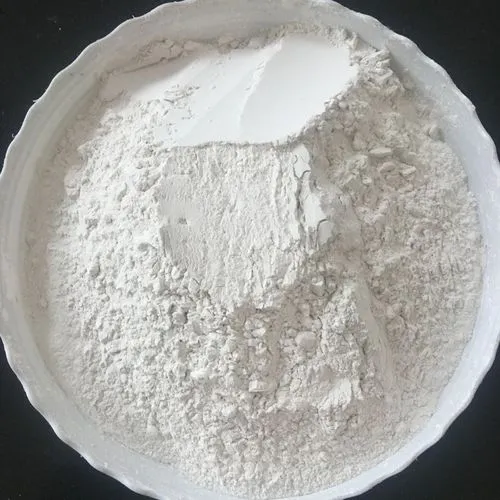
vermiculite soil
Understanding Vermiculite Soil Benefits and Applications
Vermiculite is an intriguing mineral that has gained considerable attention in horticulture and agriculture. When heated, this naturally occurring hydrous phyllosilicate mineral expands into lightweight, accordion-shaped particles. This transformation creates vermiculite, a popular soil amendment celebrated for its unique properties and versatility.
Composition and Properties
Vermiculite is composed mainly of magnesium, aluminum, and iron silicates, and its unique layered structure allows it to absorb water and nutrients efficiently. When added to soil, vermiculite enhances aeration and drainage, facilitating optimal root growth. Its lightweight nature makes it easy to handle, and it does not compact over time, which can be a problem with heavier soils.
One of the standout characteristics of vermiculite is its high cation-exchange capacity (CEC). This means it can hold onto essential nutrients and release them slowly over time, providing plants with a steady supply of what they need to thrive. Additionally, vermiculite is sterile and free of pathogens, making it an excellent choice for plant propagation and seed starting.
Hydration and Retention
Another significant advantage of vermiculite is its ability to retain moisture. It can absorb several times its weight in water, making it particularly beneficial in dry conditions or for moisture-loving plants. This property can be crucial for gardeners who seek to maintain consistent moisture levels in their soil, especially during hot and dry spells. By incorporating vermiculite into potting mixes, gardeners can help prevent plants from suffering due to drought stress, allowing for healthier growth and more robust yields.
Applications in Horticulture and Agriculture
vermiculite soil

Due to its properties, vermiculite is used across various applications. In home gardening, it is commonly mixed with potting soil to create light, well-draining mixes that promote healthy plant growth. It is particularly favored for seed starting, as its sterile nature and excellent moisture retention help seeds germinate more effectively.
In larger-scale applications, such as commercial horticulture, vermiculite is used in hydroponics and growing media for greenhouse crops. Its ability to retain moisture and nutrients while promoting aeration makes it a preferred component for soilless growing systems. Additionally, it can be used in conjunction with other materials, such as peat moss and perlite, to create custom soil mixes tailored to specific plants’ needs.
Vermiculite is also utilized in landscaping and erosion control. Its lightweight nature helps stabilize soil on steep slopes while allowing for air and water exchange. Furthermore, it can enhance the aesthetic appeal of garden beds when used as a top dressing.
Safety and Environmental Considerations
While vermiculite presents numerous benefits, it is essential to consider its source. Some vermiculite may be contaminated with asbestos, particularly if it is mined from specific deposits. It is crucial to source vermiculite from reputable suppliers who ensure their products are asbestos-free and safe for use.
In terms of environmental impact, vermiculite is a sustainable resource. As a naturally occurring mineral, it can be mined and processed with relatively minimal ecological disruption compared to synthetic soil amendments.
Conclusion
Vermiculite soil is an invaluable ally for gardeners and farmers alike. Its impressive ability to retain moisture, improve aeration, and provide a slow release of nutrients makes it an essential component in various planting scenarios. When used appropriately, vermiculite enhances soil structure and promotes healthier, more resilient plant growth. As awareness of its benefits continues to grow, vermiculite will likely remain a popular choice in the world of horticulture and agriculture for years to come.
Share
-
Premium Resin Coated Sand - High Heat Resistance CastingNewsJul.31,2025
-
High Quality Silicon Carbide Grit for Abrasive ApplicationsNewsJul.30,2025
-
High-Quality Ceramsite for Plants & Gardening | Lightweight PebblesNewsJul.29,2025
-
Premium Burgundy Glass Marbles for Vases & Shooter GamesNewsJul.29,2025
-
High Purity Quartz Sand for Industrial and Ground ApplicationsNewsJul.29,2025
-
High-Quality Barite Powder for Drilling & Industrial UseNewsJul.29,2025






